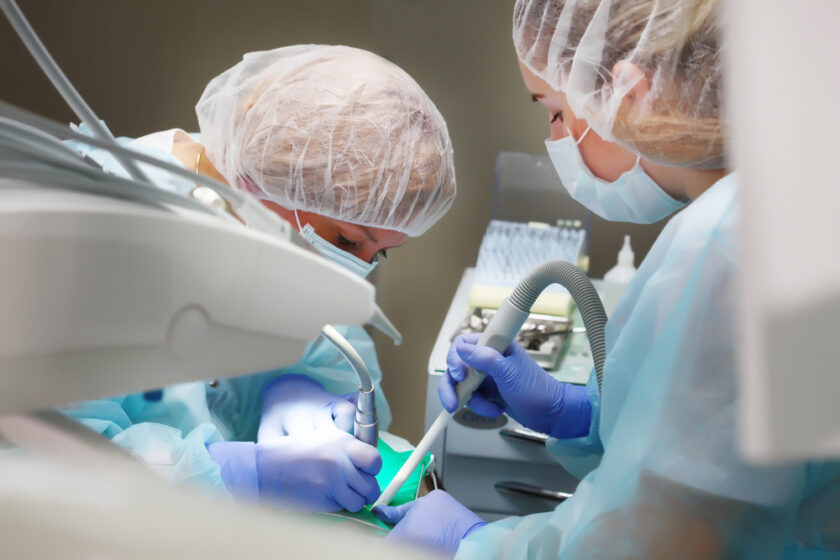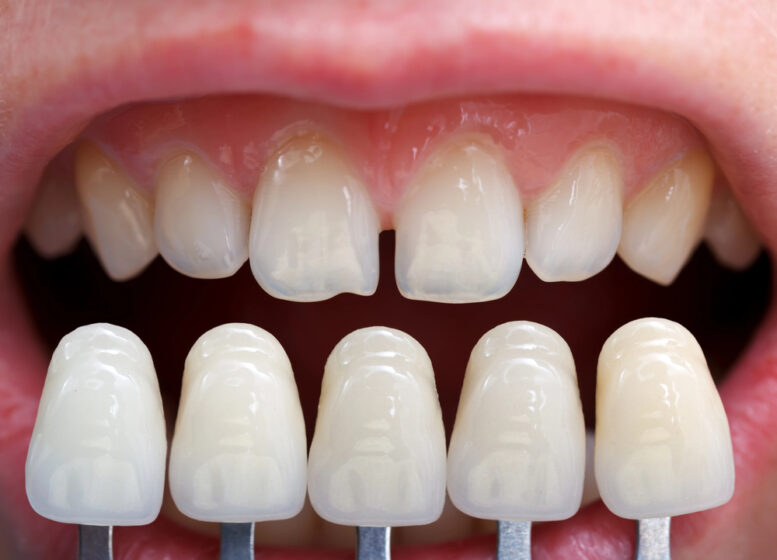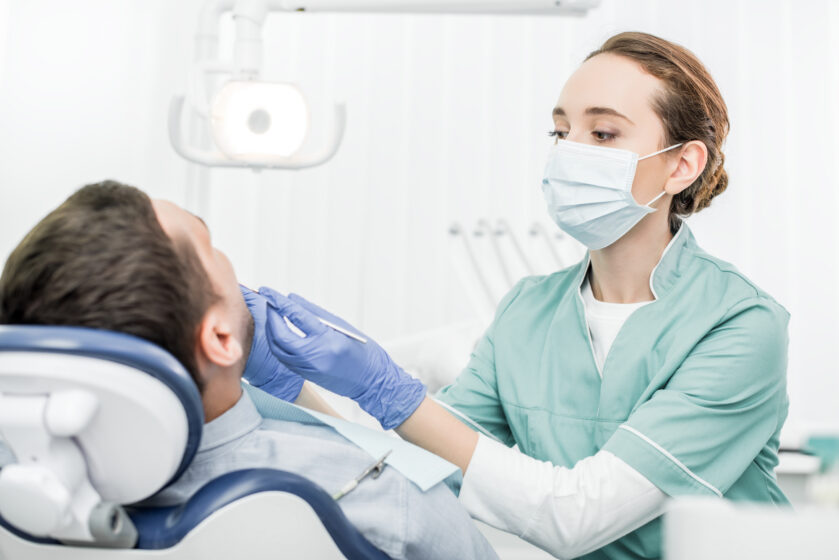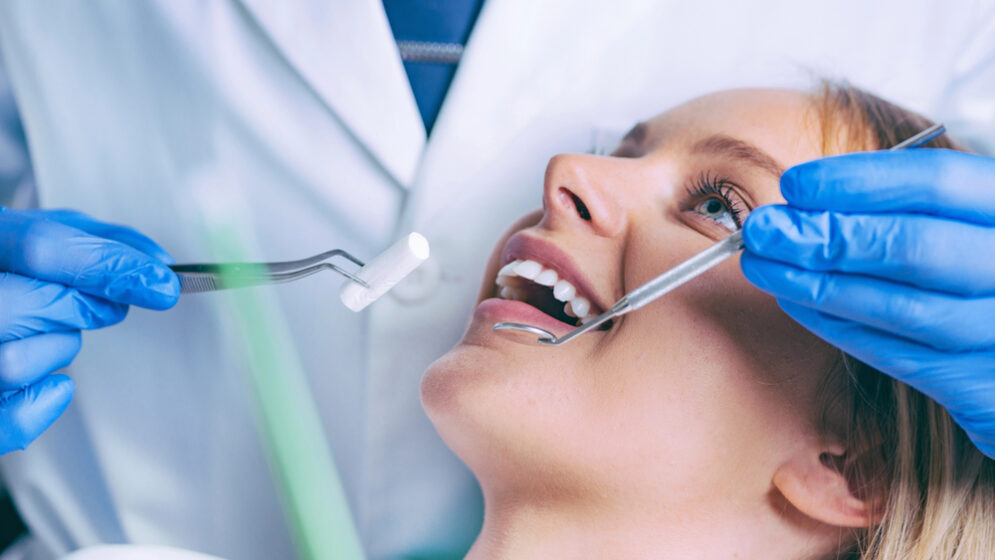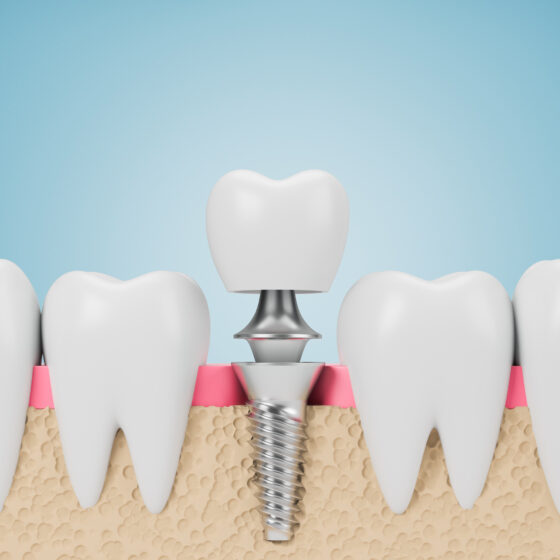Gum disease, or periodontal disease, is a common oral health issue that affects millions of people worldwide. It ranges from simple gum inflammation (gingivitis) to severe damage to the soft tissue and bone that support the teeth (periodontitis). If left untreated, it can lead to tooth loss and other serious health problems. Fortunately, recent advancements in gum treatment have revolutionized how we approach and manage gum disease. This article explores the latest trends in dentistry, focusing on innovative treatments that are making a difference in patient outcomes.
Understanding Gum Disease
Gum disease begins with the buildup of plaque, a sticky film of bacteria that forms on the teeth. Poor oral hygiene can lead to plaque hardening into tartar, which irritates the gums and leads to inflammation. The early stage of gum disease, known as gingivitis, is characterized by redness, swelling, and bleeding gums. If not addressed, it can progress to periodontitis, where the inner layer of the gum and bone pull away from the teeth, forming pockets that can become infected.
Traditional treatments for gum disease include professional cleanings, scaling and root planing (deep cleaning), and, in severe cases, surgery. However, with the latest trends in dentistry, more advanced and less invasive options are now available, offering improved outcomes and faster recovery times for patients.
1. Laser Therapy for Gum Disease
One of the most promising advances in gum treatment is the use of laser therapy. Laser-assisted new attachment procedure (LANAP) is a minimally invasive treatment that targets and removes diseased tissue while preserving healthy gum tissue. The laser energy also helps to reduce bacteria and promote tissue regeneration, making it an effective option for treating periodontitis.
Laser therapy is less painful than traditional surgical methods, with reduced bleeding and swelling. It also shortens recovery time, allowing patients to return to their daily routines more quickly. This treatment has gained popularity as it aligns with the growing demand for less invasive dental procedures, reflecting the latest trends in dentistry.
2. Guided Tissue Regeneration and Bone Grafting
Guided tissue regeneration (GTR) is another innovative technique used to treat advanced gum disease. In cases where the bone supporting the teeth has been destroyed, GTR encourages the regrowth of bone and soft tissue. This procedure involves placing a small piece of mesh-like material between the bone and gum tissue, which prevents the gum from growing into the bone area, allowing the bone and connective tissue to regenerate.
Bone grafting is often used in conjunction with GTR. This involves using bone from another part of the patient’s body, a synthetic bone, or a donated bone to help rebuild the lost bone. These techniques have significantly improved the success rate of treating advanced periodontal disease and preventing tooth loss, making them key components of modern gum treatment.
3. Antibiotic Therapy and Antimicrobial Mouth Rinses
Antibiotics have long been used to treat bacterial infections, and their role in gum disease treatment is no exception. However, the latest trends in dentistry emphasize targeted antibiotic therapy, where localized delivery systems are used to administer antibiotics directly to the affected areas. This approach maximizes the effectiveness of the treatment while minimizing systemic side effects.
Antimicrobial mouth rinses have also evolved with new formulations that are more effective at reducing plaque and controlling gum inflammation. These rinses often contain ingredients like chlorhexidine, which is highly effective against the bacteria that cause gum disease. These advancements provide patients with additional tools to manage their gum health effectively.
4. Regenerative Procedures Using Growth Factors
One of the cutting-edge developments in gum treatment involves the use of growth factors to stimulate tissue regeneration. Growth factors are natural proteins that play a critical role in healing and tissue repair. In periodontal therapy, growth factors can be applied to the affected area to enhance the body’s natural ability to regenerate bone and gum tissue.
Products like enamel matrix derivative (EMD) and platelet-rich plasma (PRP) are used in these regenerative procedures. EMD is derived from developing tooth enamel and has been shown to promote the growth of new tissue and bone. PRP, on the other hand, is created from the patient’s own blood, concentrating the platelets to accelerate healing. These treatments represent the forefront of the latest trends in dentistry, providing promising results for patients with severe gum disease.
5. 3D Imaging and Digital Dentistry
The integration of 3D imaging and digital dentistry into periodontal care has greatly enhanced the precision and effectiveness of gum treatments. Cone-beam computed tomography (CBCT) scans provide detailed, three-dimensional images of the patient’s teeth, gums, and jawbone, allowing for more accurate diagnosis and treatment planning.
Digital tools like intraoral scanners and computer-aided design and manufacturing (CAD/CAM) systems enable dentists to create precise models of the mouth, facilitating customized treatment solutions. These technologies ensure that procedures such as bone grafting, guided tissue regeneration, and laser therapy are performed with the highest level of accuracy, reducing complications and improving patient outcomes.
The latest advances in gum disease treatment are transforming the field of dentistry, offering patients more effective and less invasive options than ever before. From laser therapy to regenerative procedures using growth factors, these innovations are at the forefront of the latest trends in dentistry. As these technologies continue to evolve, the future of gum treatment looks brighter, with a focus on improving patient experiences and outcomes. If you suspect you have gum disease or want to learn more about these advanced treatments, consult with your dentist to explore the best options for your oral health.
